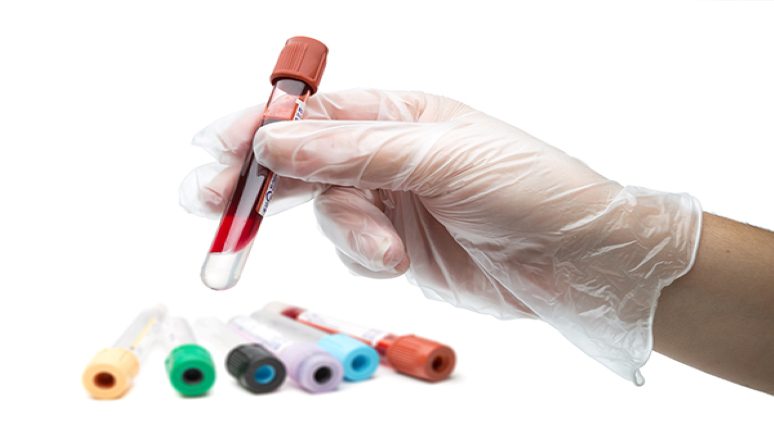Muscular Dystrophy symptoms
Progressive muscle weakness is the major Muscular Dystrophy symptom. Other more specific symptoms can start at various ages and in different muscles. The causes of Muscular Dystrophy depend on the specific type of Muscular Dystrophy that is present.
Becker Muscular Dystrophy
Becker Muscular Dystrophy is typically a milder form of Muscular Dystrophy, and it progresses more slowly. It also occurs later in life, typically in the teenage years but sometimes not until the mid-twenties or sometimes even later. The Becker Muscular Dystrophy symptoms are similar to Duchenne Muscular Dystrophy (DMD).
Other types of muscular dystrophy
Many other causes of Muscular Dystrophy are defined by a characteristic feature of the disease or the location where the Muscular Dystrophy symptoms first begin to appear in the body. Examples of these causes of Muscular Dystrophy are:
- Myotonic: This is sometimes called Steinert’s disease. Muscular Dystrophy symptoms include the inability to relax the muscles following muscle contractions. The neck and face muscles are typically the first muscle groups to be affected. Myotonic Muscular Dystrophy is the most common form of Muscular Dystrophy that has its onset in adulthood.
- Facioscapulohumeral (FSHD): This form of Muscular Dystrophy is characterized by muscle weakness that begins in the shoulders and the face. With the loss of muscle mass, the shoulder blades might protrude to look like wings when the arms are raised. The onset of FSHD typically is in the teen years but may occur in mid-adulthood or childhood.
- Congenital: This Muscular Dystrophy affects both girls and boys and is evident at birth or before the age of 2. Some forms progress very slowly, and they produce only mild disabilities. Other congenital causes of Muscular Dystrophy progress quickly and cause profound impairment.
- Limb-girdle: The shoulder and hip muscles are typically the first muscles affected in this form of Muscular Dystrophy. Onset is usually in the teenage or childhood years. Problems lifting the front of the foot are common, and so the person may experience frequent tripping.
DMD symptoms
About 50% of people affected by the disorder have Duchenne Muscular Dystrophy. Females can be mildly affected by this type of disease and can carry the disease, passing it on in their genes, but males are typically affected by the causes of Muscular Dystrophy. However, approximately one-third of the males who develop Duchenne Muscular Dystrophy do not relate to the disease.
This could be because the gene that causes Muscular Dystrophy is prone to abnormal and sudden change, known as Spontaneous Mutation. Most of the time, a child with Duchenne Muscular Dystrophy will begin to develop Muscular Dystrophy symptoms at the age of 2 or 3 years old.
DMD symptoms typically include:
- Difficulty jumping and running
- Falling down frequently
- Trouble getting up from a sitting or lying position
- Walking up on the toes
- A waddling gait
- Large muscles in the calf of the leg
- Learning delays
- Muscle pain and stiffness
Muscular Dystrophy diagnosis
If Muscular Dystrophy diagnosis is suspected, the physician usually reviews the patient’s medical history and performs a physical examination. In addition, the following studies and tests are often used in diagnosing the causes of muscular dystrophy:
- Enzyme testing: When muscles are injured, they release enzymes, like creatine kinase (CK), into your blood. If a person who has not been involved in a traumatic injury, high levels of CK in the blood can indicate a disease of the muscles, like Muscular Dystrophy.
- Electromyography: In this study, muscles are tested by inserting an electrode needle into a muscle. The electrical activity of the muscle is then measured when the muscles tighten and relax. The patterns of change in the electrical activity of the muscles are used to diagnose Muscular Dystrophy or some other muscle disorders.
- Genetic testing: Gene mutations that lead to some types of Muscular Dystrophy can be detected in blood samples.
- Muscle biopsy: A tiny piece of muscle tissue is taken through a needle or a small incision to perform this study. Looking at the tissue with a microscope can help doctors tell the difference if the other muscle disorder is causing symptoms.
- Tests that study heart function (electrocardiography and echocardiogram): These studies check how the heart is working. They are used most often when doctors suspect Myotonic Muscular Dystrophy.
- Lung function studies: These tests evaluate the work of the lungs.
Click Here to read about Treatment.
















Leave a Reply
You must be logged in to post a comment.